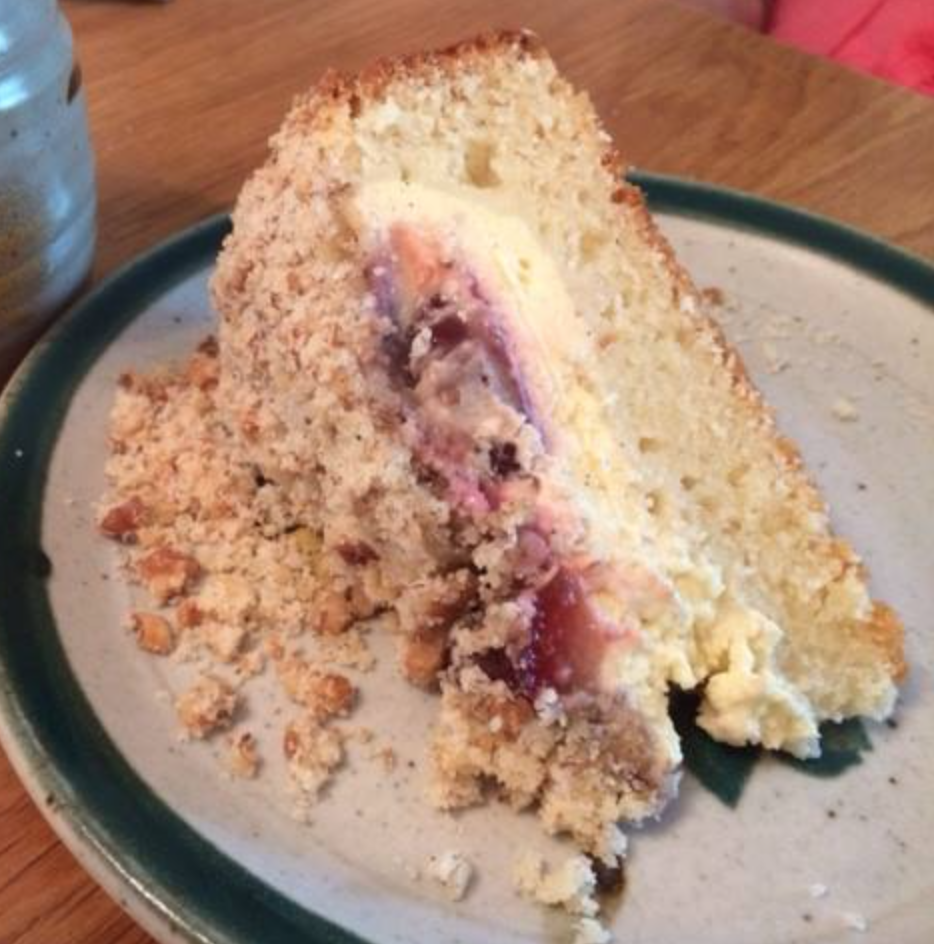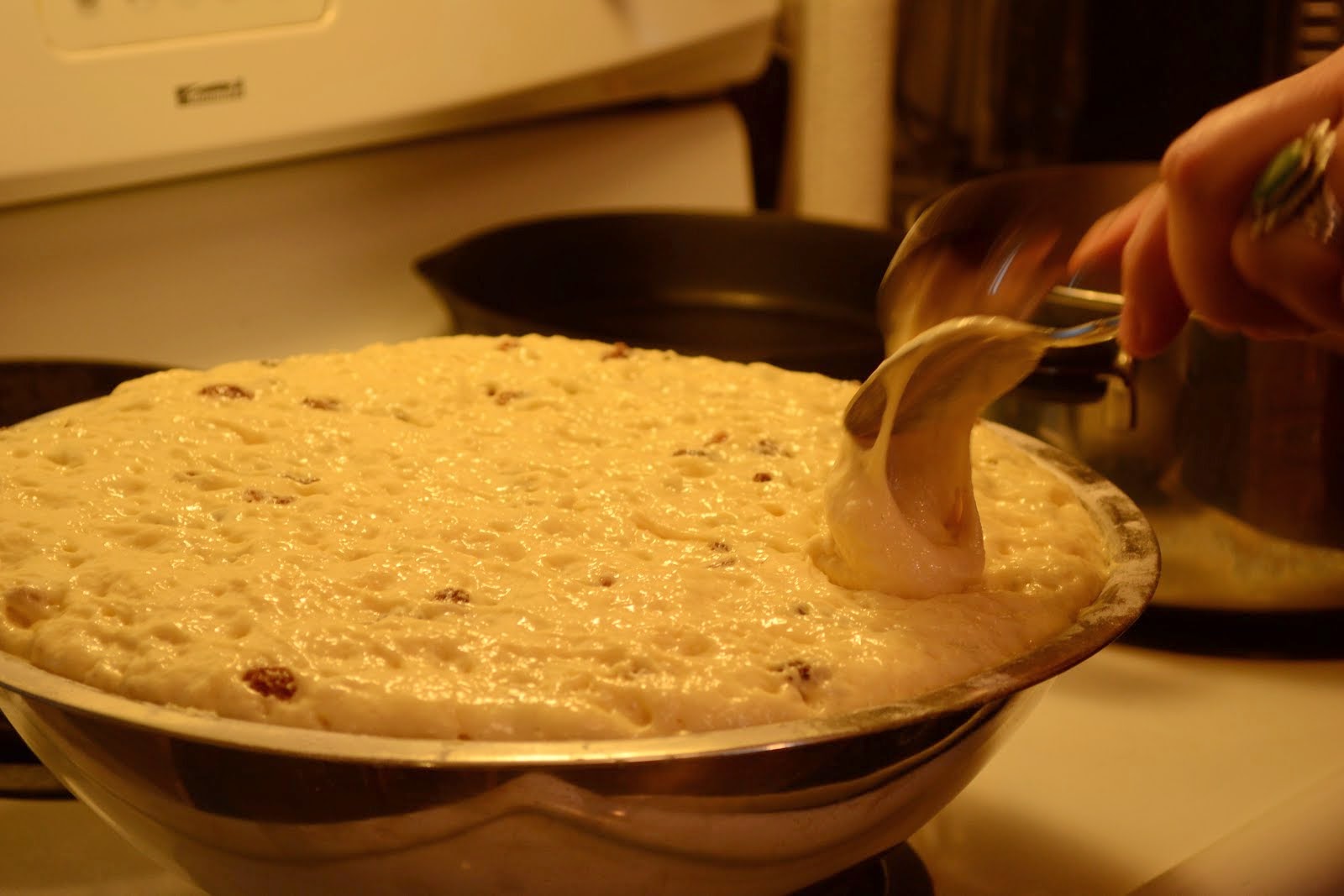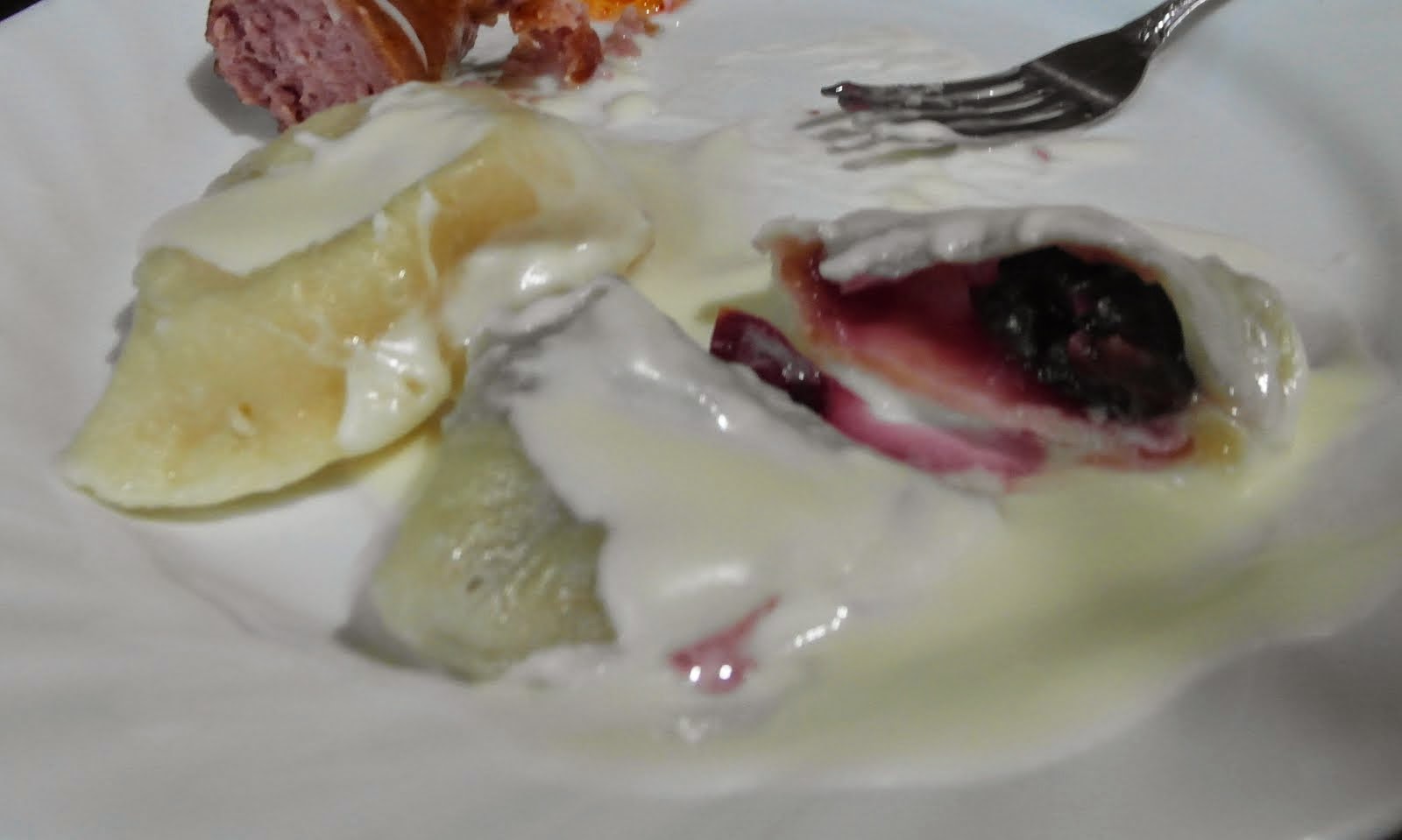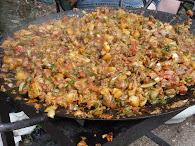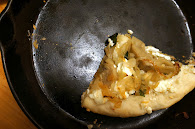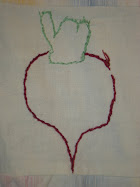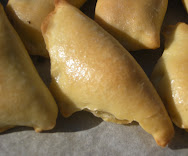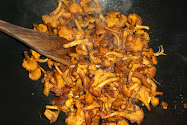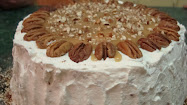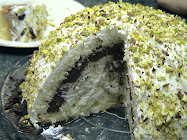






in my deaconship with respect to the other, I think more than I can grasp.
The skating shack in Blumenort was a rough structure, two rooms with plywood walls in the middle of which banged a noisome furnace meant to warm us when the cold bit through our socks and skates. Many the time have I laboriously tied up my skates in the girl's change room or cried tears of frozen pain in the bumble of knotted lacing, shivering as close to the furnace as I dared, kept back by the aura of older girls crowding the warmest spots.
In February, when the feeble warmth of the sun began to crack the stronghold of winter, Blumenort held its annual Family Day. Who cared about the games, skating, hockey, broomball, coke drinking contests which took place on that day. I was too young to participate in most of those activities anyway. For me those rough plywood rooms evoke only one memory of that day worth recalling: being handed a sweetly glazed doughnut along with a bottle of orange crush. There were big flat cardboard boxes filled with doughnuts from Don's Bakery and cases of orange crush stacked on the floor, but I, in my five-year-old world knew only the wonder of the doughnut and orange crush that was my very own.
I'd like to think tha
 t it was this near iconic doughnut and orange crush moment that inspired the game we played called Buddul, Buddul, Buddul (hold a bottle of orange crush upside down and listen to it buddul) but more probably it was the collective imagination of a group of cousins. Most of the players in the game took the role of orange crush bottle but one child was designated the farmer and another the thief. The farmer started off the game by filling all his bottles with orange crush and then tightly capping them. At the top of the lawn, we, the now full orange crush bottles stood. The whistling farmer walked away around the corner of the house in pursuit of a much deserved coffee break (might he have been getting himself a doughnut?) as the nefarious thief crept up to the bottles from around the other corner. Furtively he snapped the lids off all the bottles with his bottle opener then rudely pushed them over. Gleefully, we, the bottles, rolled down the gently sloping front lawn, buddul, buddul, buddul-ing out the orange crush as the farmer frantically dashed back to save whatever he could of his fast emptying bottles turned giggling, hold-your-stomach-laughing children.
t it was this near iconic doughnut and orange crush moment that inspired the game we played called Buddul, Buddul, Buddul (hold a bottle of orange crush upside down and listen to it buddul) but more probably it was the collective imagination of a group of cousins. Most of the players in the game took the role of orange crush bottle but one child was designated the farmer and another the thief. The farmer started off the game by filling all his bottles with orange crush and then tightly capping them. At the top of the lawn, we, the now full orange crush bottles stood. The whistling farmer walked away around the corner of the house in pursuit of a much deserved coffee break (might he have been getting himself a doughnut?) as the nefarious thief crept up to the bottles from around the other corner. Furtively he snapped the lids off all the bottles with his bottle opener then rudely pushed them over. Gleefully, we, the bottles, rolled down the gently sloping front lawn, buddul, buddul, buddul-ing out the orange crush as the farmer frantically dashed back to save whatever he could of his fast emptying bottles turned giggling, hold-your-stomach-laughing children.Empty pop bottles, orange crush or otherwise, were a treasured find. We'd amble along the streets of Blumenort--all five of them--looking for discarded pop bottles. At the far end of Blumenort near the #12 highway was where we'd often find them, lying in the long grass of the ditches. We knew they were here, away from the nestle of houses where my family lived, because this is where strangers would dare to throw bottles out of their car windows as they drove by. For every bottle we found we got two cents at the store and for two cents you could buy one bazooka bubble gum. When we'd collected enough bottles, two, three if we were lucky, we'd walk to the store and trade in our glass for gum. Then we'd share the gum around, laugh at the comics and teach each other how to blow big, pink bubbles.

But to return to the skating shack from my ramble through orange crushed memories. The skating shack holds more than the child-wonder pleasure of a doughnut and orange crush. One Sunday afternoon as I skated back and forth and around the rink I watched a gray-haired, ashen-faced man stumbling, clinging to the side boards as he worked to learn to skate. After making it painstakingly a quarter of the way around the rink he abandoned his efforts and returned to the warmth of the shack. I was ashamed for him, I pitied him, I marveled that a grown man could not skate. Circling on the ice that winter day in my childhood I recognized him as the father of one of my classmates and felt a prick of dis-ease as I watched him, vaguely aware that his was a world that my warmth-filled, doughnut-happy one couldn't grasp. Part of my inability to understand was of course because I was a child and two decades later when I heard that he had died on a park bench in Toronto I understood better what mental illness and single parenting might have meant for this man and I now recognize that my ten-year-old self noticed something of this dislocation in his skating attempt even while I passed judgment.
I now live in Toronto, rarely drink orange crush, and futilely wish that Tim Hortons would make doughnuts like Don's Bakery used to. The skating shack and rink are often no more than dim memories for me, but they are memories I honour. They pull me into warmth and security yet they simultaneously conjure up disorientation and dislocation. It is not the simplicity of a child's world that I reach back to, for my memories remind me that it wasn't simple--how possibly can a jumble of frozen tears, happy games, uneasy judgment, excited wonder and shameful pity be labled "simple?" I reach back because I recognize a continuity between that jumble and what my life has now become. Without doubt older, most times wiser, but still unable to grasp the perplexing ambiguities of wonder and joy, shame and pity, friendship and alienation that have come my way.
(the opening quotation is from Emmanuel Levinas, Of God Who Comes to Mind, Stanford University Press, 1988, p. 151)











